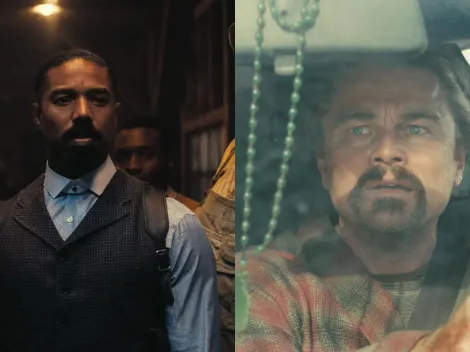An intriguing drama series is always welcome, especially if it involves the spectacular Natalie Portman. For those craving such content, Apple TV+ has released “Lady in the Lake,” which quickly became a trend on the platform, according to Flix Patrol.
The show is set on Thanksgiving Day in 1966. While the disappearance of a young girl keeps the city of Baltimore on edge, the lives of two women intersect. Maddie Schwartz is a Jewish housewife who needs to leave behind a secret from her past and reinvent herself as an investigative journalist, and Cleo Sherwood is a mother involved in the political underworld of Black Baltimore, struggling to support her family.
Based on the 2019 novel by Laura Lippman, which was highly praised by The New York Times and Publishers Weekly, the production has viewers asking: Is it based on real events?
Is ‘Lady in the Lake’ based on real events?
Sadly, the murders depicted in “Lady in the Lake” are based on real events. In The Baltimore Sun, the writer revealed that she drew inspiration from two real-life crimes that occurred during her youth and stayed with her.
The first case was the disappearance and murder of 11-year-old Esther Lebowitz, a white Jewish girl, which received widespread media coverage. The second was the death of 33-year-old Shirley Parker, a Black woman whose story was reported only in African-American newspapers.
According to Baltimore Jewish Life, Lebowitz was abducted in 1969 after stopping at a tropical fish store while walking home from school. Her body was found two days later in a ditch near her house. Wayne Stephen Young, the store owner, was the primary suspect. After a polygraph test administered by police, he admitted to killing the girl and went to prison, where he died in 2015.
As reported in AFRO news, Shirley Parker went missing in the same year. Two months later, after her grandmother reported her missing, Parker’s body was found in Baltimore’s Druid Hill Park. Evidence suggested that her boyfriend at the time, Arno West, killed her after a heated argument. Despite failing a lie detector test, he was released, and the case was closed with minimal attention from the press.
Both the novel and the series aim to shed light on the issues of racism and misogyny in 1960s America, illustrating how these factors influenced police investigations and how a person’s disappearance was treated differently based on the color of their skin.





